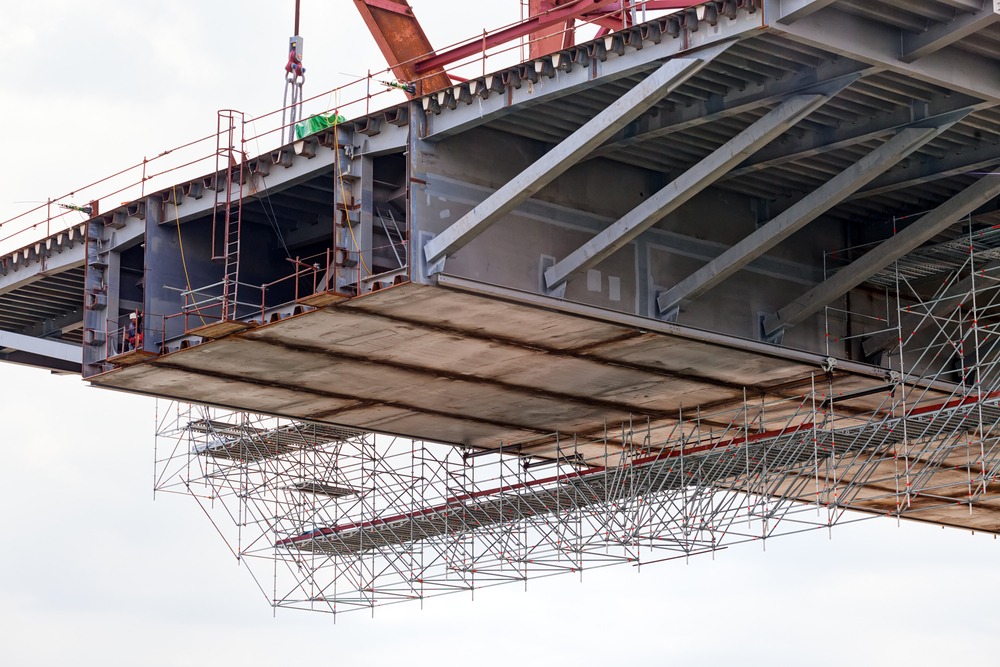
It’s not clear whether federal efforts to streamline environmental review timelines for state highway and transit projects have succeeded because review periods have been insufficiently tracked, the Government Accountability Office (GAO) reported on Tuesday.
More than 30 provisions have been enacted since 2005 to speed up the delivery of highway and transit projects. Many of the provisions pertain to the National Environmental Policy Act (NEPA), which establishes environmental review processes for infrastructure projects that receive federal funding.
GAO found that at least 30 state departments of transportation used provisions that established “categorical exclusions” to speed up approval processes. However, the impact of those provisions on project timelines remains unclear.
“The provision state DOTs and transit agencies most often reported using was one that authorizes parkland or a historic site to be used for a transportation project if that project has a minimal impact on the environment,” the GAO review stated. “A majority of the 11 transit agencies GAO reviewed were not clear whether provisions they used sped up project delivery because these agencies did not track how long it took projects to complete the NEPA process, among other reasons.”
Additionally, the U.S. Department of Transportation (USDOT) has assigned NEPA authority to six states, but only two of them — California and Texas — submitted reports comparing project review periods to the national baseline. California reported that it reduced review periods to 10 years from a 16-year baseline, but GAO called that report “questionable.”
“However, these reported time savings are questionable because the comparisons do not consider other factors, such as funding, that can affect timelines,” GAO stated. “In establishing baselines, both states have also faced challenges, such as how many and which projects to include. California reported to its legislature that its baseline may not be meaningful because of the relatively small sample of five projects, but nevertheless presents these data on its web site as evidence of ‘significant’ time savings.”
GAO recommended that the Federal Highway Administration should provide more guidance and technical assistance for NEPA states to develop effective evaluation methods. For its part, USDOT partially agreed with the recommendation, stating that it would clarify environmental review start times.